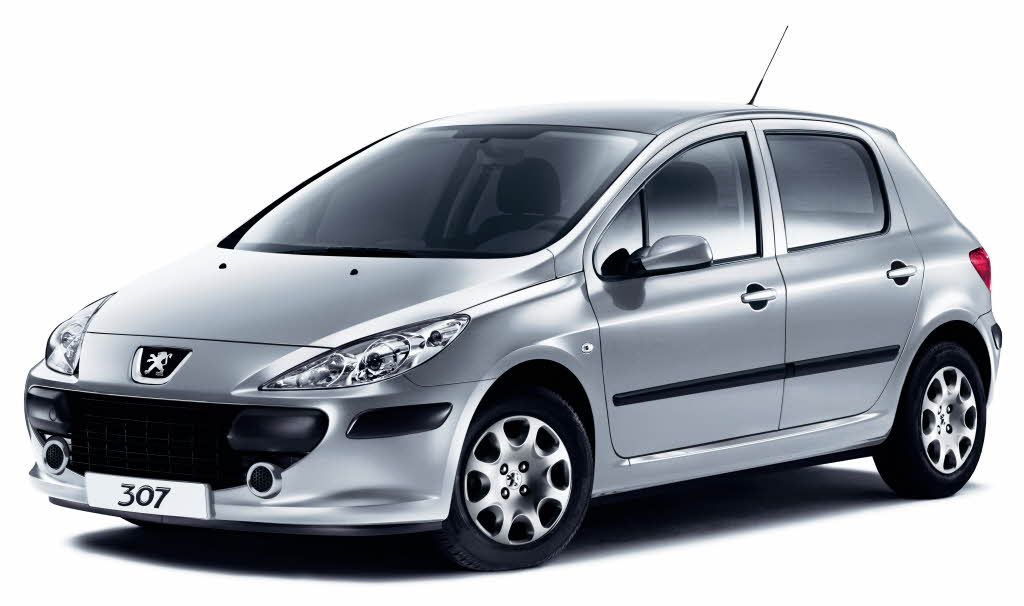

The Peugeot 307 is a small family car (C-segment) that was produced in Europe from 2001 to 2008, known for winning the 2002 European Car of the Year award and for its tall, spacious design.
Overview
The 307 replaced the Peugeot 306 and was notable for its height, which gave it a compact MPV-like profile and an airy interior feel with generous head and legroom. It was available in a wide variety of body styles including 3/5-door hatchback, 5-door estate (SW and Break versions), a 2-door coupé cabriolet (CC) with a retractable hardtop, and a 4-door saloon for emerging markets like China and South America.
Common Problems & Reliability
The 307's reliability record is mixed, with earlier models from 2001-2005 being more prone to issues than the improved post-facelift versions (from June 2005). The estimated lifespan for a well-maintained Peugeot 307 is around 142,000 miles.
Electrical Issues: This is a frequently reported problem, including issues with the complex multiplex wiring system, dashboard displays, power windows, and indicator stalks. Engine & Mechanical: The 2.0-liter petrol engine was prone to timing chain issues and oil consumption problems. HDi diesel engines are generally robust, but require prompt servicing and can have DPF (Diesel Particulate Filter) problems if driven mostly on short trips. Build Quality: Some owners have noted issues with interior trim quality, body panel alignment on early cars, and worn suspension parts.
Regular maintenance and ensuring all manufacturer recalls have been addressed are crucial steps for anyone considering a used Peugeot 307.